Understanding SMART on FHIR: The Future of Healthcare Technology
The majority of healthcare systems recognize the importance of a seamless, omnichannel approach to customer engagement, often referred to as a “digital front door,” to provide the personalized, value-based care that modern consumers demand.
However, the reality of applying a digital front door approach is frequently complicated by the scattered and disorganized nature of health information systems.
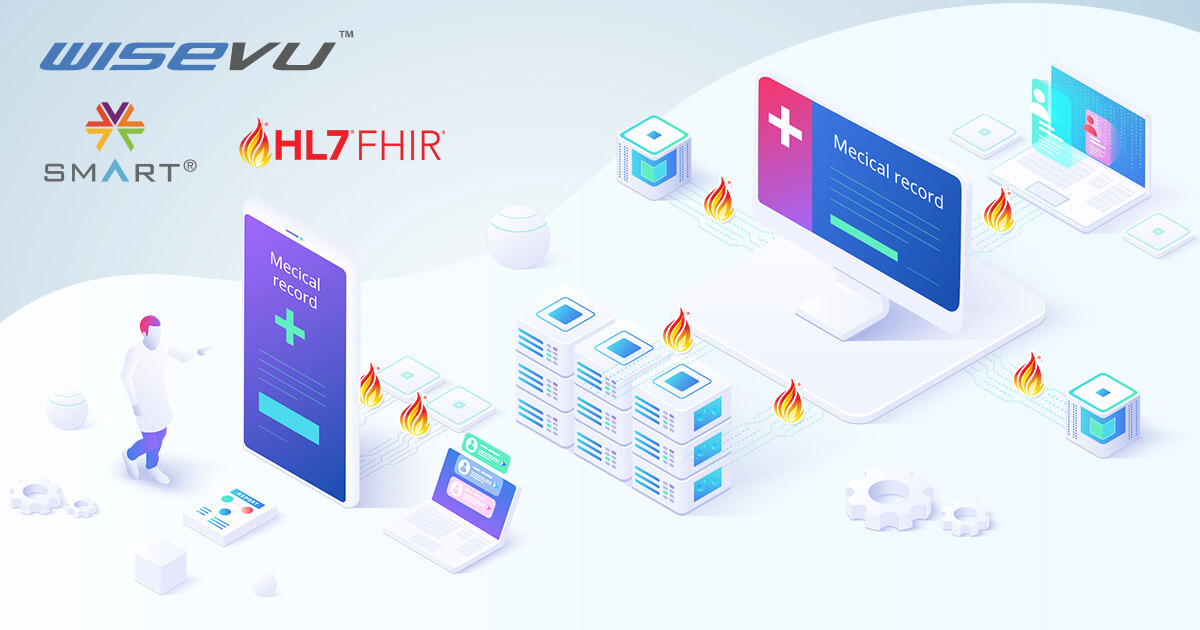
Today, The healthcare industry is undergoing a significant transformation driven by the rapid evolution of technology. Among the most groundbreaking developments is the integration of Substitutable Medical Applications, Reusable Technologies (SMART) on Fast Healthcare Interoperability Resources (FHIR), a combination that promises to reshape how healthcare data is accessed and utilized.
What is SMART on FHIR?
The integration of SMART on FHIR is a key element in this technological transformation within the healthcare sector. Standing at the forefront of this revolution, SMART on FHIR introduces a unified framework that effectively merges the adaptability of SMART applications with the robustness and standardized data structure offered by FHIR.1
SMART on FHIR essentially bridges the gap between state-of-the-art health applications and the extensive databases of electronic health records.
SMART equips developers with the necessary tools to seamlessly integrate their applications into existing health infrastructures, similar to smartphone apps. On the other hand, FHIR standardizes the information utilized and exchanged by these apps, facilitating comprehension and application across varied health systems.
This combination is revolutionizing how doctors, patients, and healthcare providers access and use health data, making it more integrated, user-friendly, and efficient.
Some examples of SMART on FHIR include:
- Personalized Patient Care Apps: Apps that provide tailored health recommendations by analyzing Electronic Health Records (EHRs).
- Telehealth Integration: Seamlessly integrating telehealth services with patient records for comprehensive care.
- Data Analytics Tools: Offering advanced analytics for better treatment decisions and population health management.
As we explore the significant role of SMART on FHIR in addressing the digital challenges of healthcare systems, it’s vital to understand the components that make this integration so effective.
The Rise of FHIR in Healthcare Data Exchange
FHIR has emerged as the leading standard for the interoperability of healthcare data. It provides a standardized approach and facilitates data exchange, greatly enhancing the capabilities of healthcare analytics.
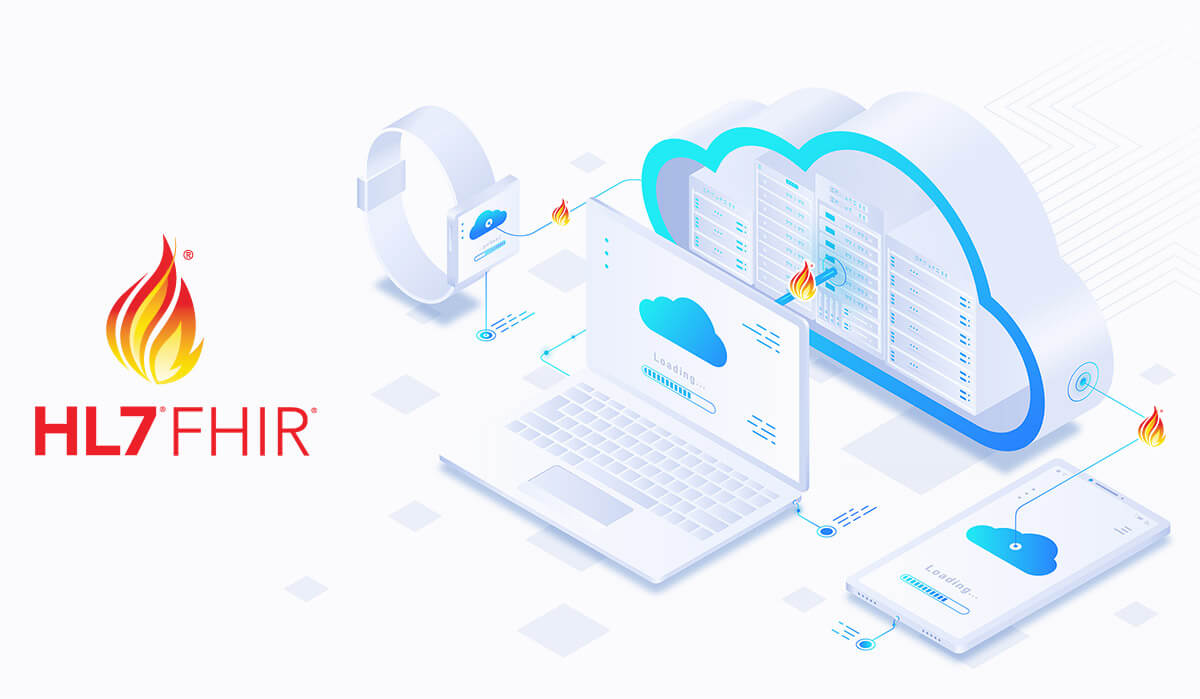
The Development of FHIR
Before FHIR, healthcare data exchange was largely governed by earlier versions of HL7 standards like V2 and V3. These standards, while pioneering for their time, presented challenges in terms of flexibility, ease of use, and interoperability.
HL7, an internationally recognized set of standards for healthcare data exchange, faced challenges with its versions. The most widely used version, HL7 V2, lacked a clear model for message structures, a semantic framework, and a comprehensive methodology for constructing messages. These deficiencies presented significant obstacles in the healthcare industry.2
HL7 V3 aimed to be more inclusive but struggled with implementation difficulties and failed to offer backward compatibility with V2 or support Resource Description Framework (RDF) data formats.
FHIR was developed to address these issues, merging the benefits of previous HL7 standards with advanced web technologies to improve interoperability and efficiency in EHR systems.
FHIR was first developed in 2012 by Graham Grieve and his small team under HL7 to develop a novel standard for healthcare data exchange.3
Initially termed “Resources for Healthcare,”4 the catalyst for this standard was rooted in Grieve’s extensive period of introspection, lasting a decade, prompted by a family health emergency that highlighted the fragmented reality of the healthcare industry.
How FHIR is Revolutionizing Electronic Health Records
FHIR streamlines healthcare data exchange by adopting technology and semantics similar to those used in the travel industry. This method improves HL7 with easier implementation, mobile compatibility, and enhanced security.
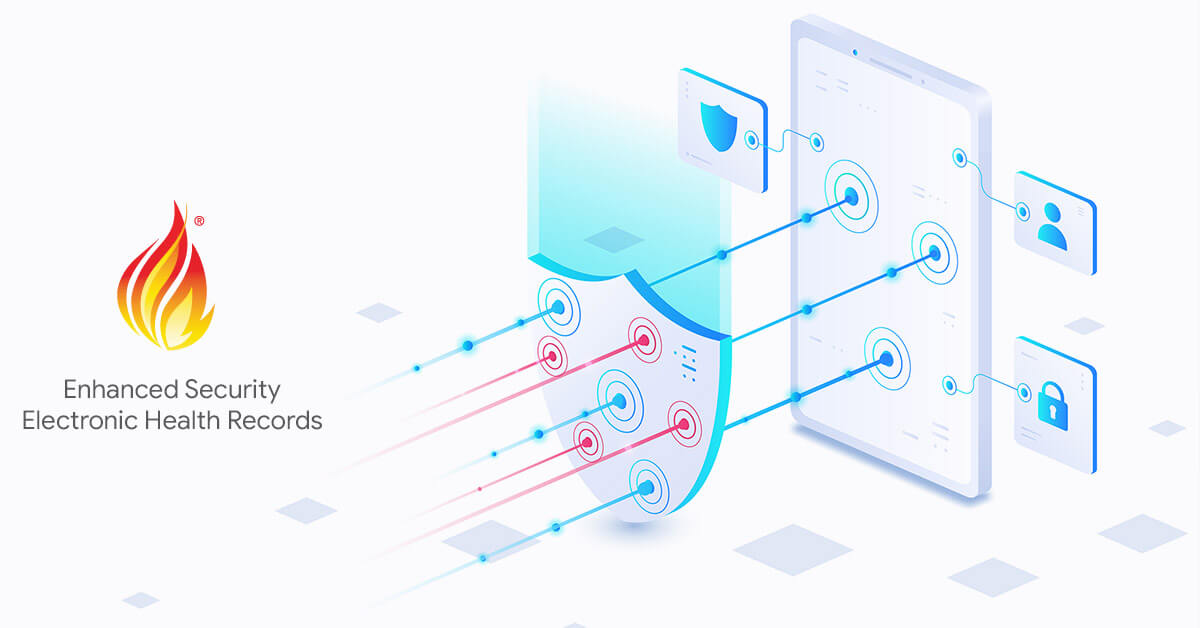
FHIR revolutionizes healthcare data sharing, employing technologies used in the travel industry for flight bookings and utilizing FHIR resources for logical data exchange. It also offers APIs in various programming languages for easier development, testing, and deployment.
In line with the 21st Century Cures Act, U.S. EHR systems must include patient-facing apps based on FHIR. By 2023, the Centers for Medicare & Medicaid Services (CMS) will mandate healthcare payers to integrate diverse FHIR applications.5
Meanwhile, the EU’s InteropEHRate initiative, as well as health systems in New Zealand and the UK, are implementing FHIR standards for personal health records and national patient identification systems.
SMART Technology: Enabling Flexible Healthcare Apps
SMART is a standards-based, open-source API utilizing OAuth 2.0 to ensure secure and universal access to EHRs. This platform enhances the capabilities of FHIR, leading to the combined term “SMART on FHIR.”6
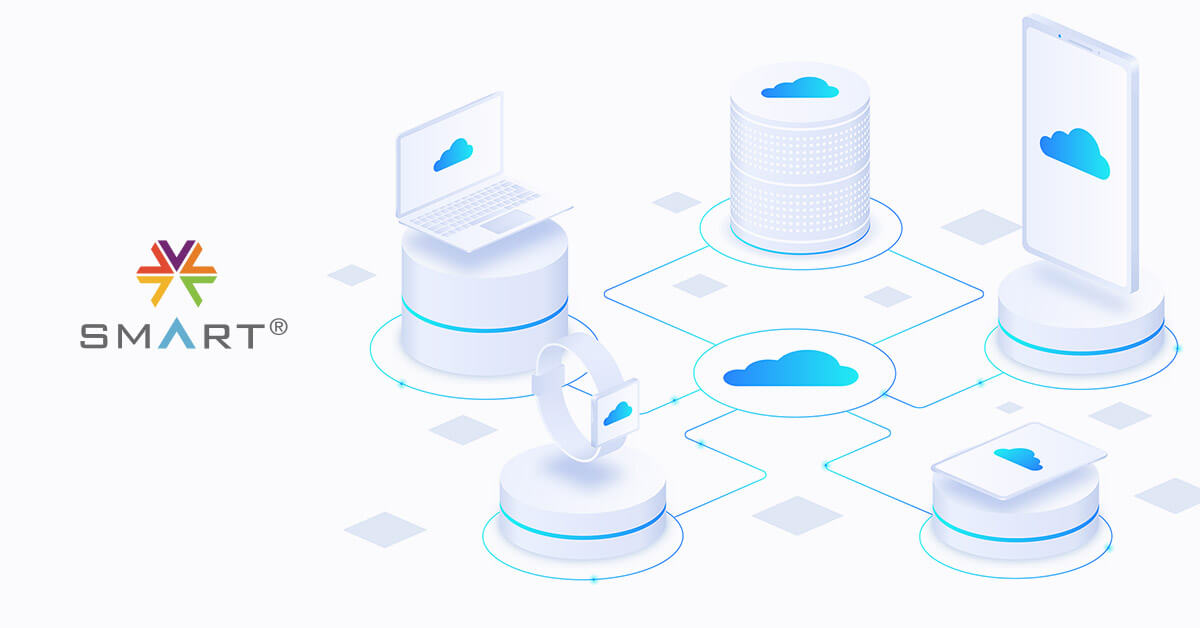
Similar to universal electrical sockets facilitating device connectivity, SMART revolutionizes healthcare interoperability. It overcomes the limitations of EHRs with proprietary APIs by offering a standardized, universally compatible API. This shift not only reduces development costs but also broadens access to healthcare data, making technology in healthcare more adaptable and patient-focused.
The integration of SMART technology into healthcare IT systems allows health apps to open and operate within existing applications, revolutionizing the workflow of healthcare providers. This technology not only enhances the efficiency of EHR systems but also ensures that healthcare professionals have immediate access to a range of functionalities within their existing digital environment.6
Having established the foundational role of SMART in enhancing healthcare interoperability and its integration into EHR systems, it is now essential to explore the broader implications.
The Power of SMART on FHIR and Its Impact on Healthcare Providers and Patients
The impact of SMART on FHIR extends beyond technical advancements. It plays a crucial role in improving healthcare delivery and patient care.
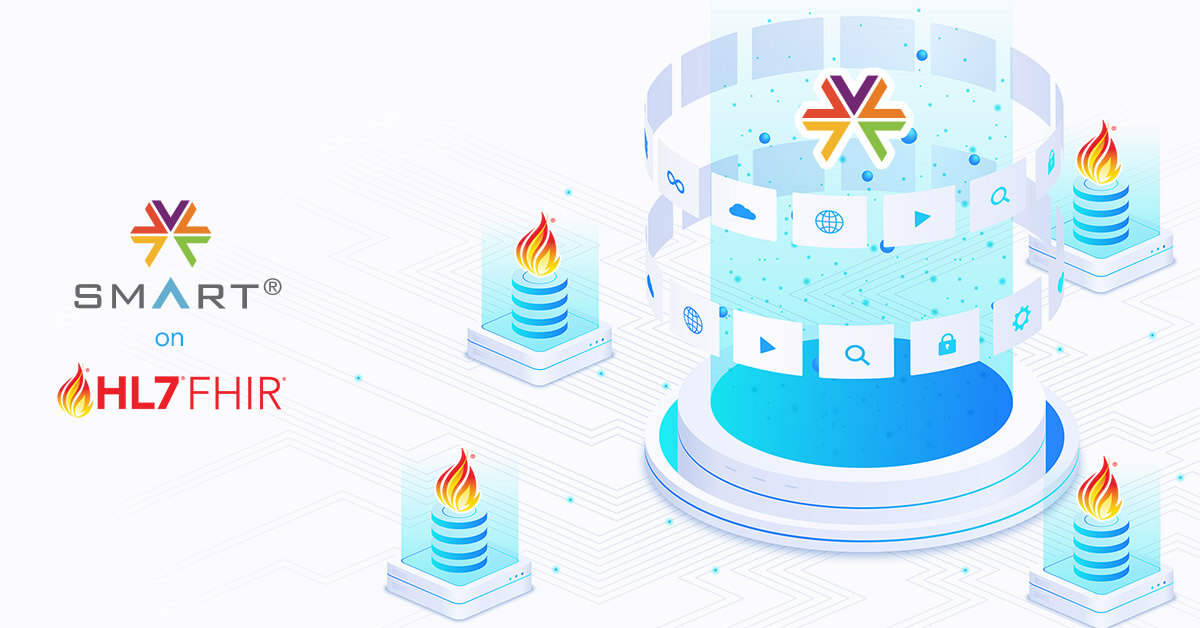
Previously, the need for vendors to individually integrate their apps into EHRs was not only complicated but also expensive, dissuading many providers from adopting new technologies. Now, thanks to SMART on FHIR, healthcare workers can easily use many different apps inside their EHR system without signing into each one separately.
Additionally, the structured data format provided by FHIR enhances the predictability and reliability of data access, enabling providers to make better-informed decisions about patient care.
Furthermore, the integration of SMART on FHIR as the underlying technology for the Trusted Exchange Framework and Common Agreement (TEFCA) solidifies its importance, making it an indispensable tool for achieving nationwide interoperability in healthcare.7
SMART on FHIR also plays a vital role in enhancing patient engagement with their health management. By providing patients with easy access to their health records and the ability to share data with different healthcare providers, SMART on FHIR empowers patients to be more active participants in their healthcare journey.8
This increased accessibility and control over their health information can lead to better health outcomes and a more patient-centered approach to healthcare.
Conclusion
SMART on FHIR offers a harmonious interface with EHRs, converting complex healthcare data into practical, user-friendly applications. Additionally, it provides patients with unparalleled access to their health records, empowering them to take an active role in their health management.
Moving forward, the progressive adoption and growth of SMART on FHIR are expected to present both new challenges and prospects. As the healthcare industry strides towards a more sophisticated technological application, the importance of SMART on FHIR in this progression cannot be overstated.
The role of SMART on FHIR in streamlining healthcare delivery, enhancing patient engagement, and driving toward nationwide interoperability is unmistakable. It signifies a major stride towards realizing a healthcare environment that is more connected, efficient, and focused on individual patient needs.
